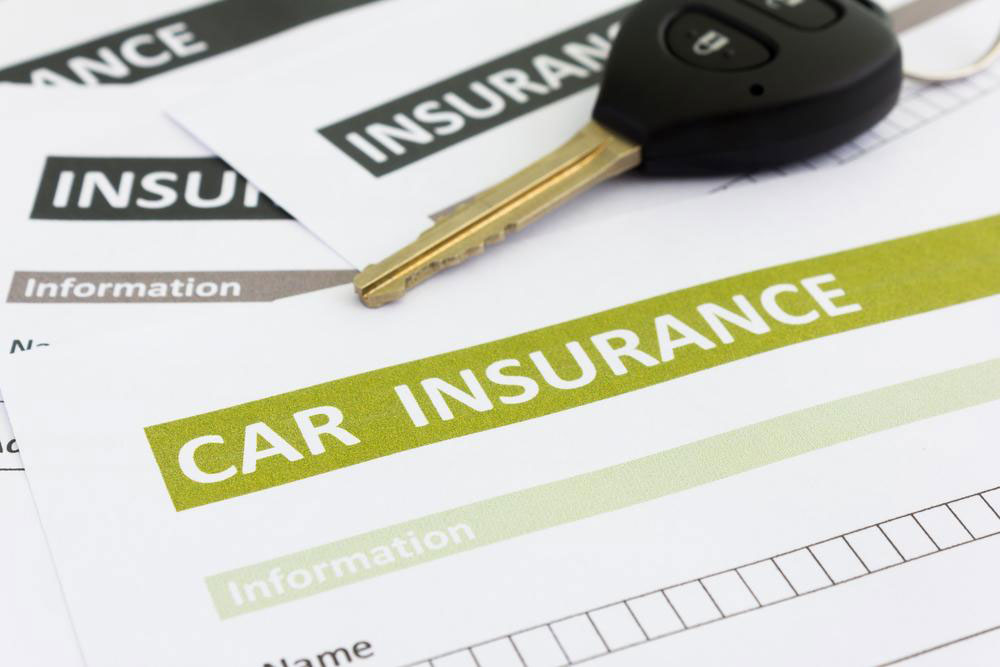Ultimate Guide to Vehicle Insurance: Types, Benefits, and How to Choose the Right Policy
This detailed guide explores different vehicle insurance options, from basic third-party liability to comprehensive coverage, helping drivers make informed decisions. Learn about policy benefits, coverage options, and tips to choose the best insurance plan for your vehicle. Secure your finances and peace of mind with the right auto insurance today.

Comprehensive Understanding of Car Insurance Policies
Driving is an essential part of daily life for many, whether commuting to work, running errands, or embarking on road trips. However, despite careful driving, accidents and unforeseen incidents can happen at any time. From minor fender-benders to major collisions, the risks are varied and unpredictable. To safeguard yourself financially and legally, selecting the most suitable vehicle insurance policy is vital. This comprehensive guide delves into the different types of car insurance available today, their benefits, and tips on choosing the best coverage for your needs.
Mandatory Third-Party Liability Insurance
The cornerstone of vehicle insurance across most regions is mandatory third-party liability insurance. This form of coverage is typically included by default when you purchase and register your vehicle. Its primary purpose is to protect other parties involved in an accident caused by you. When you're at fault in a collision, this policy covers damages to third-party property, injuries sustained by others, or even fatalities. Importantly, it does not cover any damages or repairs to your own vehicle. This makes it an essential but basic form of protection, aimed at legal compliance and financial responsibility towards others.
In many jurisdictions, this type of insurance is a legal requirement before you can legally operate a vehicle on public roads. Its contribution to road safety is significant, ensuring that victims of accidents are supported without causing immediate financial hardship to the at-fault driver. However, since it does not provide coverage for your own vehicle, many drivers opt to add more comprehensive plans to ensure complete protection.
While mandatory third-party liability insurance offers essential protection, it leaves gaps regarding vehicle damage, theft, and other risks. Policies can be tailored with additional coverage options to create a more comprehensive safety net.
Third-Party Liability Plus Fire and Theft Coverage
An extension of the basic liability policy, this coverage provides additional security against theft and fire-related damages. If your vehicle is stolen, this insurance can help cover the costs of replacement or recovery. Similarly, in case your car is damaged or destroyed by fire, the policy assists with repairs or replacement expenses. This type of insurance also extends limited support in situations where you're involved in an accident with an uninsured or at-fault driver, helping to mitigate potential financial burdens.
All-Inclusive Full Coverage Insurance
For drivers seeking maximum protection, comprehensive insurance is the most robust option available in the automotive insurance market. It covers a wide array of risks, including accidents, theft, fire, vandalism, natural disasters, and adverse weather conditions such as floods or storms. One of the key benefits of comprehensive insurance is that it generally covers repairs or replacements regardless of who was at fault, making it ideal for those who prefer peace of mind and want to minimize out-of-pocket expenses.
Although premiums for comprehensive insurance tend to be higher, the extensive coverage can offset potential financial losses in case of mishaps. Covering damage to your vehicle as well as other vehicles involved in an accident, comprehensive policies provide a holistic protection package, ensuring you are well-protected against most risks associated with vehicle ownership.
In addition to the aforementioned policies, many insurance providers offer additional add-ons and optional coverages such as roadside assistance, rental car reimbursement, and no-claims discounts. Carefully assessing your driving habits, vehicle value, and risk tolerance can help you select the optimal combination of coverage and premiums.
Understanding the distinctions between these policies enables drivers to make informed decisions tailored to their individual needs and budget constraints. Whether you choose the basic legal requirement or a comprehensive plan, the goal remains the same: to protect yourself, your vehicle, and others on the road.
In conclusion, choosing the right vehicle insurance policy involves assessing your driving patterns, financial capacity, and risk preferences. It’s crucial to read policy details thoroughly, compare quotes from various insurers, and consider optional add-ons that suit your lifestyle. By doing so, you can enjoy the freedom of driving with confidence, knowing that you are well-protected against the unpredictable nature of the road.





